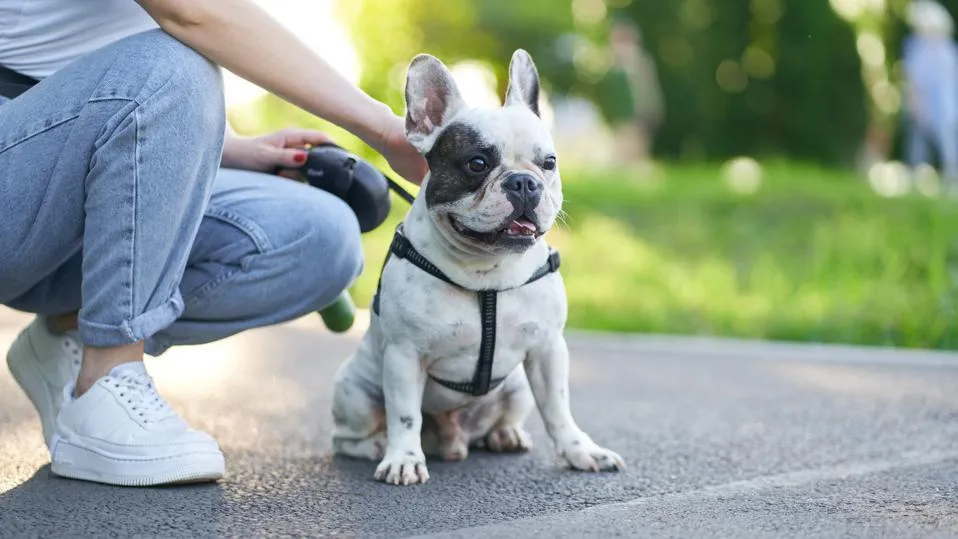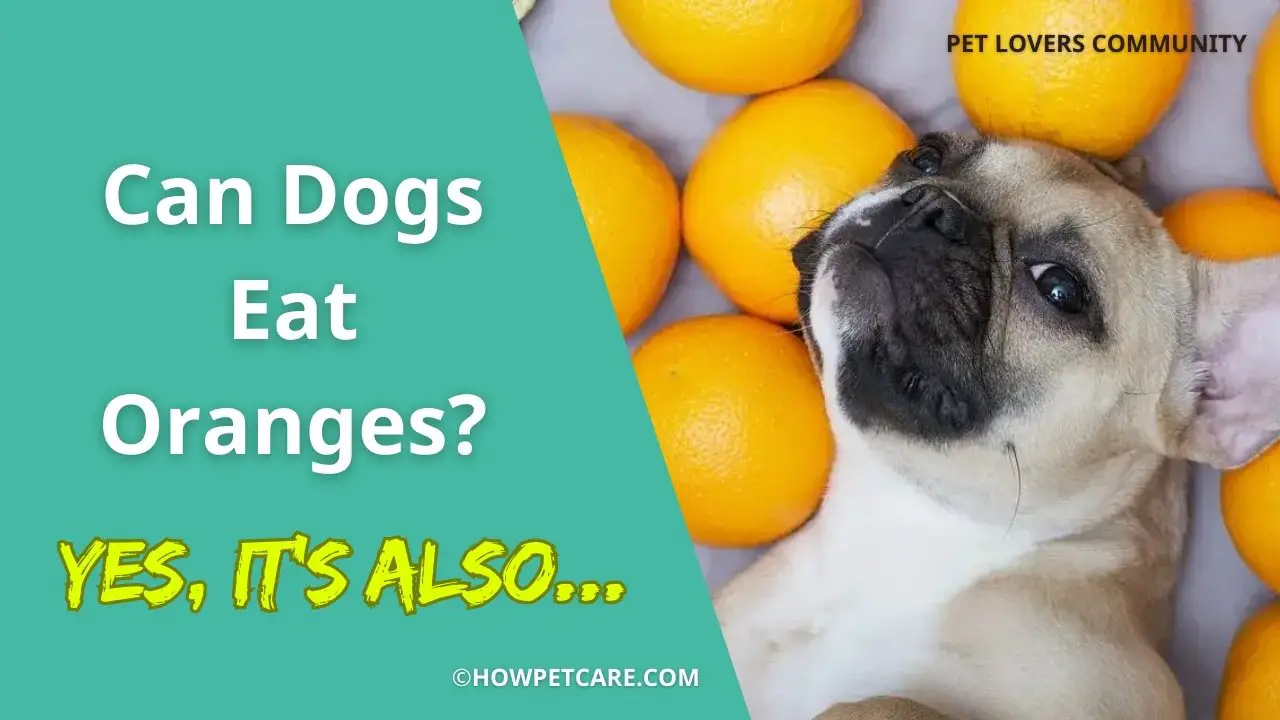The Keeshond, often called the “Smiling Dutchman,” is a delightful medium-sized spitz breed that’s captured hearts worldwide with its distinctive foxy face and luxurious coat.
As a proud owner of a Keeshond named Tulip, I can attest to their irresistible charm and loving nature.
These furry companions have a rich history as barge dogs in their native Holland, where they became a symbol of Dutch patriotism.
Let’s dive into the fascinating world of the Keeshond and discover why this breed might just be the perfect addition to your family.
The Keeshond’s Distinctive Appearance: More Than Just a Pretty Face
When you first lay eyes on a Keeshond, you’ll be struck by their unique features:
The Famous “Spectacles”
One of the most endearing characteristics of the Keeshond is their distinctive “spectacles.”
These markings around their eyes give them an intelligent, almost human-like expression.
My Tulip’s spectacles never fail to make me smile, especially when she’s trying to convince me it’s treat time!

A Luxurious Double Coat
Keeshonds boast a thick, plush double coat that’s perfect for snuggling.
Their outer coat is long and harsh, while the undercoat is soft and dense.
This combination provides excellent insulation, which served them well during chilly nights on Dutch barges.
The Signature “Lion’s Mane”
A hallmark of the breed is their impressive ruff around the neck, often referred to as a “lion’s mane.”
This feature adds to their regal appearance and makes them look even more huggable.
A Foxy Face with a Smile
With their pointed ears, almond-shaped eyes, and that unmistakable “Kees smile,” these dogs have an expression that’s hard to resist.
Their faces seem to radiate joy and mischief in equal measure.

The Keeshond’s Temperament: A True People Pleaser
Keeshonds are known for their friendly and outgoing personalities.
They’re often described as:
- Affectionate
- Intelligent
- Playful
- Loyal
- Alert
These traits make them excellent family dogs and companions.
In my experience, Tulip has an uncanny ability to sense when I’m feeling down and always knows how to cheer me up.
A Natural Watchdog
While Keeshonds are generally not aggressive, they make excellent watchdogs.
Their alert nature means they’ll bark to let you know when someone’s approaching.
However, they’re more likely to greet visitors with a wagging tail than any show of aggression.
Great with Children and Other Pets
Keeshonds typically get along well with children and other pets when properly socialized.
Their patient and playful nature makes them ideal playmates for kids.
The Keeshond’s History: From Dutch Barges to Global Popularity
The Keeshond’s history is intricately linked with Dutch culture:
Origins on Dutch Barges
Originally bred as companion dogs for barge captains in Holland, Keeshonds were fixtures on canal boats.
They served as watchdogs, ratters, and loyal friends to the boatmen and their families.
A Symbol of Dutch Patriotism
In the 18th century, the Keeshond became associated with the Dutch Patriot political party.
The breed’s name comes from “Kees,” the nickname of the Patriot leader Cornelis de Gyselaer.
Near Extinction and Revival
After the Patriot party’s defeat, the breed nearly went extinct as it fell out of favor.
Thankfully, dedicated breeders in the early 20th century worked to revive and preserve the Keeshond.

Caring for Your Keeshond: Tips for a Happy, Healthy Pup
Owning a Keeshond can be a joy, but it does come with some responsibilities:
Grooming: Embracing the Fluff
That beautiful double coat requires regular maintenance:
- Brush your Keeshond at least 2-3 times a week to prevent matting
- During shedding seasons (typically spring and fall), daily brushing may be necessary
- Bathe your Kees every 6-8 weeks, or as needed
Pro tip: Invest in a good vacuum cleaner – you’ll need it!
Exercise: Keeping Your Kees Happy and Healthy
While not high-energy dogs, Keeshonds do need regular exercise:
- Aim for at least 30 minutes of moderate exercise daily
- Walks, playtime in a fenced yard, or interactive games are all great options
- Mental stimulation through training or puzzle toys is also important
Training: Harnessing Their Intelligence
Keeshonds are intelligent and eager to please, making them generally easy to train:
- Use positive reinforcement techniques
- Keep training sessions short and fun
- Be consistent with rules and commands
Health Considerations: Keeping Your Kees in Top Shape
Like all breeds, Keeshonds can be prone to certain health issues:
- Hip dysplasia
- Eye problems (like progressive retinal atrophy)
- Hypothyroidism
- Patellar luxation
Regular check-ups with your vet and maintaining a healthy lifestyle can help prevent or manage these issues.
Is a Keeshond Right for You? Considerations Before Bringing One Home
Before you rush out to get a Keeshond, consider:
- Do you have time for regular grooming?
- Can you provide daily exercise and mental stimulation?
- Are you prepared for a dog that may be vocal?
- Do you have allergies? (Keeshonds are not hypoallergenic)
If you can answer yes to these questions, a Keeshond might be the perfect furry friend for you!
From their distinctive appearance to their loving nature, Keeshonds truly are a unique and wonderful breed.
Whether you’re looking for a family pet, a loyal companion, or just a fluffy friend to brighten your days, the Keeshond is definitely worth considering.
Remember, owning any dog is a big responsibility, but the love and joy a Keeshond can bring to your life is immeasurable.
Why not visit a local Keeshond rescue or reputable breeder to meet these charming dogs in person?
You might just find your new best friend!
Breed information
| Characteristic | Information |
|---|---|
| Breed Name | Keeshond |
| Origin | Netherlands |
| Group | Non-Sporting Group (AKC) |
| Height | Males: 18 inches (46 cm); Females: 17 inches (43 cm) |
| Weight | Males: 45 pounds (20 kg); Females: 35 pounds (16 kg) |
| Coat | Thick, double coat with a dense undercoat and long, straight, and harsh outer coat; famous for their “mane-like” ruff around the neck |
| Colors | Gray, black, and cream; distinctive markings, with a black mask around the eyes |
| Lifespan | 12-15 years |
| Temperament | Friendly, outgoing, alert, and playful; known for their affectionate and loyal nature |
| Energy Level | Moderate; enjoys daily walks and playtime, but not overly demanding in terms of exercise |
| Exercise Needs | Moderate; requires regular walks and play to stay fit and happy, though they don’t need as much exercise as some other breeds |
| Trainability | Highly trainable; intelligent and eager to please, but may have an independent streak |
| Intelligence | Very intelligent; quick learners that excel in obedience and agility training |
| Good with Children | Excellent with children; playful, gentle, and affectionate, making them great family pets |
| Good with Other Pets | Generally good with other pets, especially if raised with them |
| Shedding | Heavy shedding, especially during seasonal “blowouts” of the undercoat; regular grooming required |
| Grooming Needs | High; requires regular brushing (several times a week) to prevent mats and tangles, and frequent grooming during shedding periods |
| Barking Level | Moderate to high; known for being vocal and will bark to alert owners of unfamiliar people or sounds |
| Space Requirements | Adaptable to both apartments and homes with yards; doesn’t need a lot of space but does need daily mental and physical stimulation |
| Socialization | Needs early socialization to ensure friendly behavior, though generally a sociable and people-oriented breed |
| Health Issues | Prone to hip dysplasia, patellar luxation, progressive retinal atrophy (PRA), and skin allergies |
| Diet | Requires a balanced, high-quality diet; portion control is important to prevent obesity |
| Affection Level | Very affectionate and loving; forms strong bonds with family members and loves to be involved in family activities |
| History | Dates back to the 17th century in the Netherlands, where they were barge dogs and companions for Dutch sailors and riverboat workers |
| AKC Recognition | Recognized by the American Kennel Club in 1930 |
| Ideal Living Conditions | Well-suited for both apartment living and homes with yards; adaptable to different environments as long as they get sufficient exercise |
| Notable Characteristics | Known for their striking coat, expressive “smiling” face, and unique “spectacles” (markings around the eyes) |
| Best Activities | Enjoys moderate walks, interactive play, and mental stimulation such as puzzle toys or training |
| Suitability for First-Time Owners | Very suitable for first-time owners due to their friendly, outgoing, and relatively low-maintenance temperament (aside from grooming needs) |
| Protective Nature | Protective of family; makes a good watchdog but is generally not aggressive |
| Playfulness | Very playful, especially with family members; enjoys games and being involved in family activities |
Sources:
- American Kennel Club (AKC): Keeshond Information
- DogTime: Keeshond Breed Information
- The Kennel Club: Keeshond Breed Standard
















